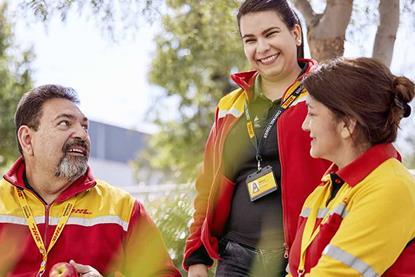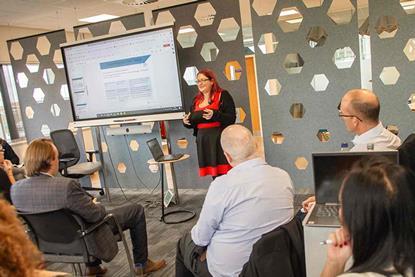- Useful Links
- Employee Benefits Live
- Employee Benefits Awards
Long-term sickness costs UK organisations £20,735 per worker
Work stress continues to affects most generations for second consecutive year
Senior recruiter sacked after cardiac arrest receives £188,000 tribunal award
How reward and benefits can support diversity, equity and inclusion strategies
The benefits offered by Ferring Pharmaceuticals
47% of employers see increased productivity when employees’ health and wellbeing is supported
- Previous
- Next
































